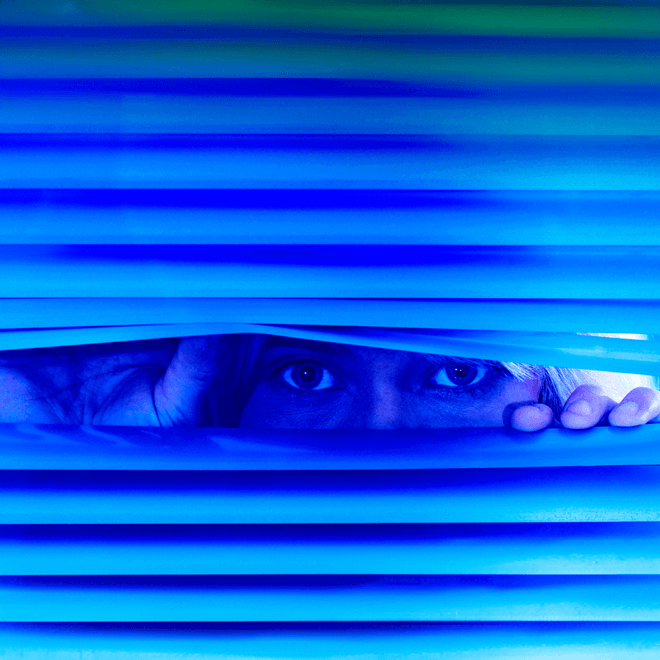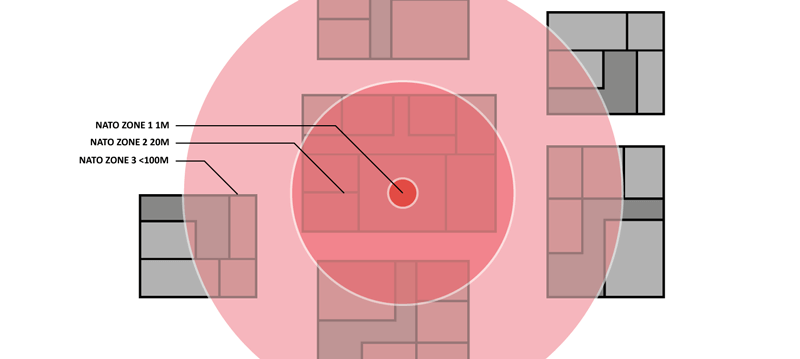- Contact Us
- |
- Jobs
- |
- About Us
- |
- |
-
- Personal information
- Organization
- Quotes
- Address book
- Login
- Don't have an account? Sign-up
Eavesdropping
- Home
- Eavesdropping

Your partner in the design and construction of TEMPEST rooms or buildings we can assist in the zoning and interpretation of the TEMPEST regulations .
Tempest solutions against stealing information
Holland shielding systems is your partner in the design and construction of TEMPEST rooms or buildings we can assist in the zoning and interpretation of the TEMPEST regulations on you Premises.
Eavesdropping applications: Cost-effective tempest shielding
High performance TEMPEST shielding solutions, we have developed a new range of faraday cages and shielded rooms, offering full TEMPEST / EMSEC protection. Encrypted communication devices are hacked every three years, full protection can only be assured in shielded enclosures.
Customer Benefits
- Can be applied in new buildings and retrofitting existing buildings
- Compliant to NATO/BSI requirements
- Obstruct mobile phone / cellular communications
- Block out all wireless communication devices
- Protection from bugging attacks
- Quick service and delivery
- Guaranteed Customer Confidentiality
Company profile
- Worldwide project & service
- Experienced staff
- Own test facility
Computers, PC screens and even data lines emit electromagnetic radiation. At a certain range from the emitting source, it is quite easy receiving and decoding this radiation and to re-construct its information. Signals can be picked up with proper equipment from a distance of around 200-300 meters. If the signal captured by a conductive medium (such as a power or telephone line), monitoring can occur over a distance of many kilometers. TEMPEST, Telecommunications Electronics Material Protected from Emanating Spurious Transmissions. EMSEC (for Emissions Security) applications. Confidential information whether governmental, military or even corporate can be secured with the use of our new developed mu-copper wall-paper system or our stand-alone prefab faraday cages.

NATO SDIP-27 Level A (formerly AMSG 720B) and USA NSTISSAM Level I
"Compromising Emanations Laboratory Test Standard"
This is the most strict standard for devices that will operate in NATO Zone 0 environments, where it is assumed that an attacker has almost immediate access (e.g. neighboring room, 1 m distance).
NATO SDIP-27 Level B (formerly AMSG 788A) and USA NSTISSAM Level II
"Laboratory Test Standard for Protected Facility Equipment"
This is a slightly relaxed standard for devices that operate in NATO Zone 1 environments, where it is assumed that an attacker cannot get closer than about 20 m (or where building materials ensure an attenuation equivalent to the free-space attenuation of this distance).
NATO SDIP-27 Level C (formerly AMSG 784) and USA NSTISSAM Level III
"Laboratory Test Standard for Tactical Mobile Equipment/Systems"
An even more relaxed standard for devices that operate in NATO Zone 2 environments, where attackers have to deal with about 100 m worth of free-space attenuation (or equivalent attenuation through building materials).
NATO SDIP-29 (formerly AMSG 719G)
"Installation of Electrical Equipment for the Processing of Classified Information"
This standard defines installation requirements, for example in respect to grounding and cable distances.
AMSG 799B
"NATO Zoning Procedures"
Defines an attenuation measurement procedure, according to which individual rooms within a security perimeter can be classified into Zone 0, Zone 1, Zone 2 or Zone 3. This determines which shielding test standard is required for equipment that processes secret data in these rooms.
